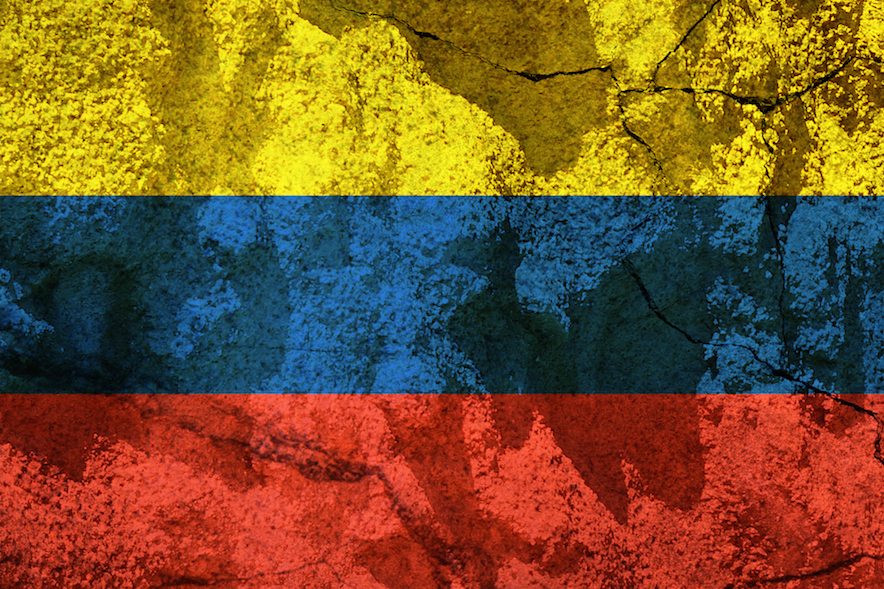Spices
Spices is a broad tern used to describe all non-toxic (most of the times edible) food additives used to modify or enhance the flavour of food. Most common spices include pepper, rosemary, ginger, nutmeg, cumin, cinnamon, and dry chilli. Salt and sugar used to be considered as the main two spices in the planet, but eventually becoming common enough that they were started to be considered as ingredients instead of spices.
Discovery of Cape Horn - Despite being seemingles unimportant, the discovery demonstrated a disconnection of lands in the south pole from those in continental Africa, allowing for maritime routes to pass through.
Discovery of America - The discovery would lead to many other important historical successes, including the introduction of the potato and the natural rubber to Europe, as well as many new spices unknown to the old world.
After tensions in the middle east settled, routes around Afica had been stablished already, and were much more efficient that crossing Egypt, reason why most decided to use old routes.
During the 18th century industrialization, routes around Africa were rendered less efficient as the Trans-African Railroad was built, followed by the canal, which would allow routes to be shortened by months and reactivating the spice trade again, which caused an economic boom in the old world.
Cinnamon: Indonesia (87,000 yearly tons)
Black Pepper: Egypt (126,000 yearly tons)
Rosemary: Colombia (140,000 yearly tons)
Age of discovery
During the Medieval ages and the Age of Discovery, the trade of spices and other goods from the far east towards Europe became more and more difficult. The trade of spices, amongst other goods, became extremely dangerous or even impossible, and spices being such an important good for nobles at the time, many nobles and monarchs decided to fund expeditions in search for an easier route eastwards. These expeditions would lead to a series of discoveries that would help tracing an easier route eastwards, making access to luxurious goods as silk or spices easier than before. Some of the discoveries and achievemnts include:Modern Era
Nowadays it may seem necessary for most culinary artists and households to have hundreds of small jars all filled with different spices, one more complicated than the other, all thanks to the globalization and industrialization that happened during the 19th and 20th centuries. The top producers of the three most common spices are:Credits: Top image: Colombian flag - thevaccinereaction.org, modified by Colombus
Remove these ads. Join the Worldbuilders Guild









Comments